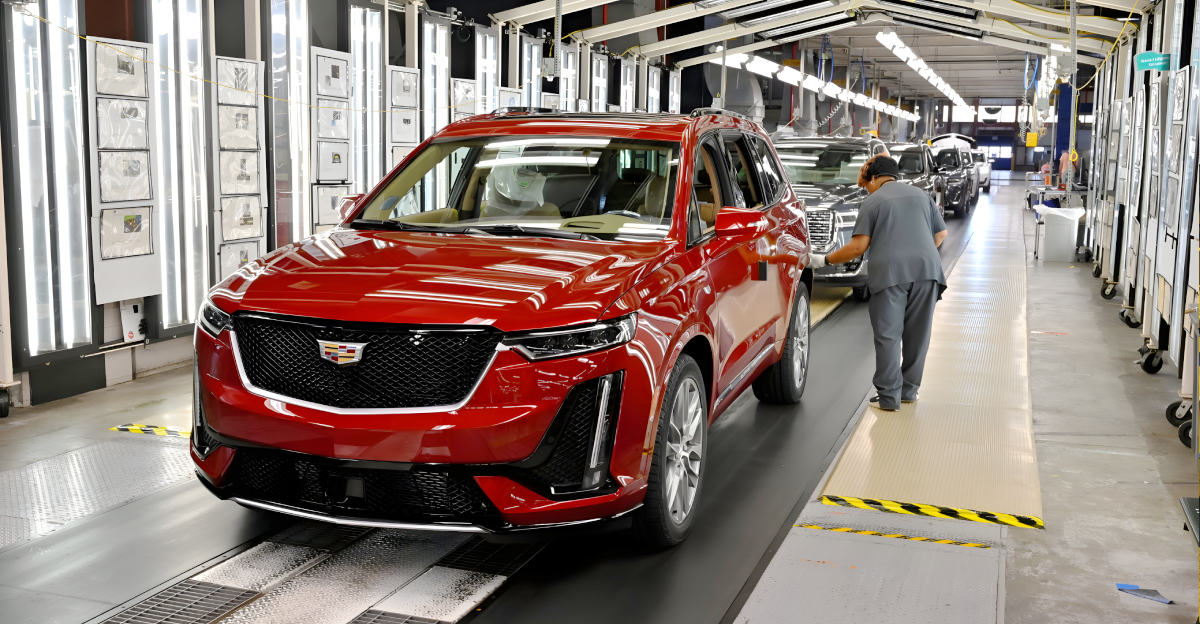
General Motors opened its Q2 earnings call by admitting its North American profit margin had slipped to 6.1%, the weakest since 2021. Executives blamed the new 25% tariff on imported vehicles and parts, which forced “several hundred million dollars in cost actions.” Cornell auto expert Art Wheaton warns the auto tariff will “create immediate price increases and wreak havoc on supply chains”.
With an initial $4 billion cushion to offset tariffs, analysts fear GM could burn through that buffer by Thanksgiving, leaving consumers to face higher sticker prices.
Rippling Risk
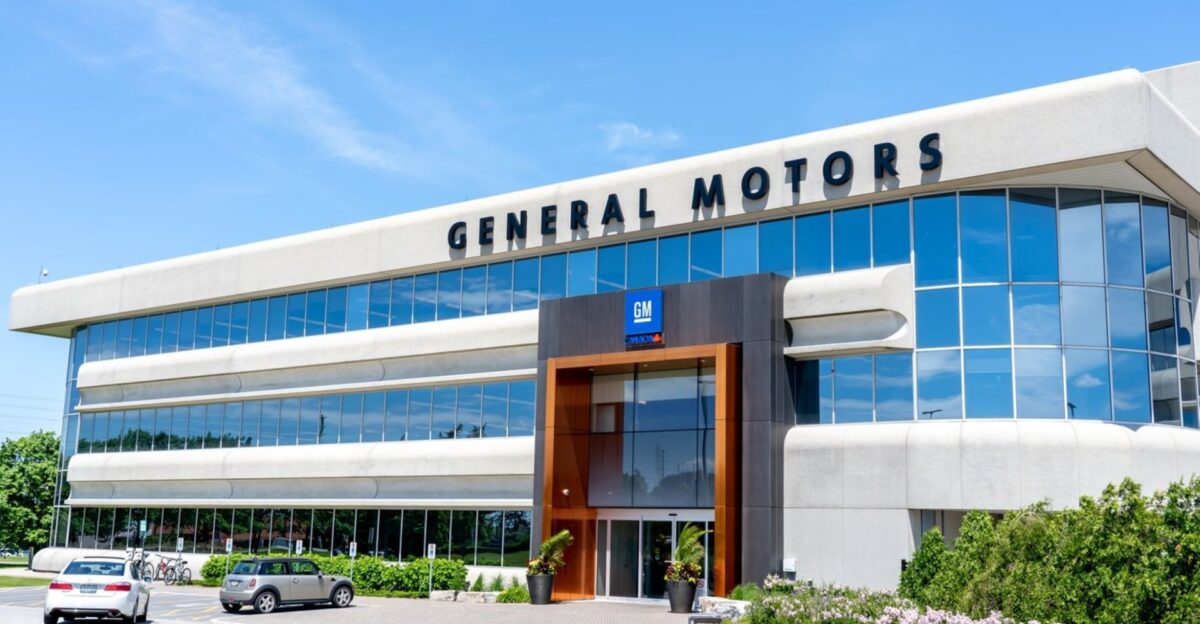
In early April, President Trump slapped a 25% tariff on most imported cars and parts, handing automakers just months to adapt. Detroit’s Big Three (GM, Ford and Stellantis) had lobbied for relief, but the White House only offered limited credits for U.S.-assembled content. GM’s finance chief now expects a full-year tariff bill of about $4–5 billion — roughly one-third of 2024 pretax profit — unless Congress or the courts intervene.
Economists warn the levy is already partly borne by U.S. buyers, a burden set to grow as manufacturers exhaust other cost cuts.
Detroit Timeline
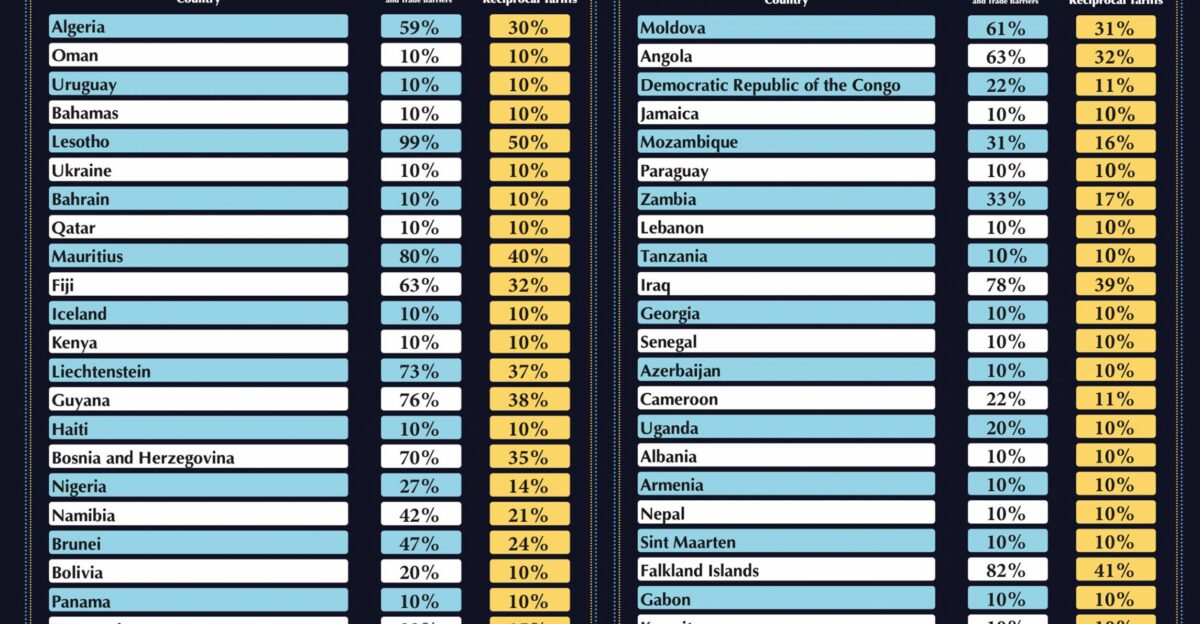
The tariff saga unfolded rapidly this year. In January, President Trump signaled he would impose auto duties, and by early March, he stripped Canada and Mexico of their exemptions, triggering retaliatory levies on $20 billion of U.S. goods. On April 3 the full 25% duty on imported vehicles took effect (with parts following on May 3). Facing blowback, the White House on April 29 allowed automakers to credit up to 15% of a car’s U.S. assembly value against the tariff, plus two-year rebates on certain foreign parts.
These temporary relief measures expire next spring — unless the political deck is reshuffled first.
Cost Crunch
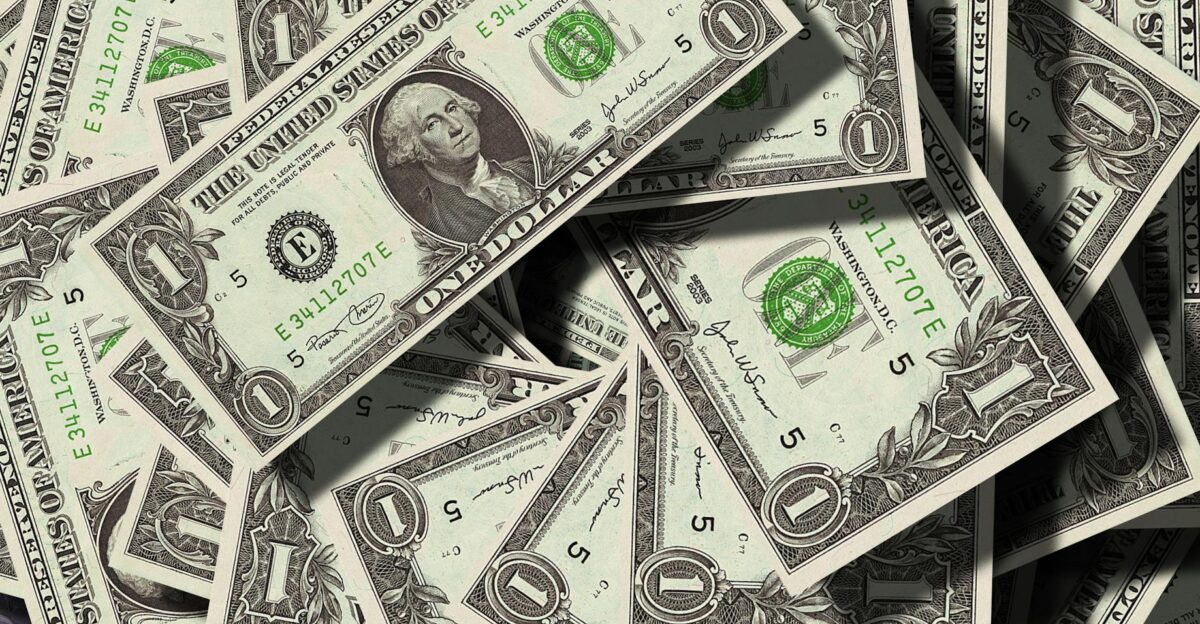
Even before tariffs, Detroit was under strain: GM already faced $600 million in EV inventory write-downs and $500 million in recalls this year. Now, AlixPartners warns 80% of the new $30 billion tariff bill will land on buyers, effectively tacking nearly $2,000 onto the price of the average vehicle and knocking about one million cars out of the market by 2028.
GM and Ford say they’ll absorb roughly $5 billion and $2.5 billion in tariff costs this year alone, but incentives have already slipped to just 6.9% of the average transaction price, leaving consumers with far fewer discounts. How much can buyers take?
The $1.1B Blow

On July 22, GM’s Q2 earnings took a $1.1 billion hit from tariffs. That blow shaved roughly 3 percentage points off operating margin and cut net income 35% year-over-year to $1.9 billion, even as the automaker still beat analyst estimates. Investors reacted sharply: the stock plunged about 8% that day, erasing over $4 billion in market value.
GM vowed to claw back at least 30% of the annual tariff cost via more U.S. production and “measured” price increases. Going forward, every quarterly report is being read through one lens: how big is the tariff bite?
Sticker Shock

In June, Kelley Blue Book reported the average new-car transaction price was $48,907, up 1.2% from a year earlier — the biggest gain of 2025. But dealer incentives are shrinking: by summer, discounts were around just 6.9% of MSRP. AlixPartners projects that, once pre-tariff stock runs out, prices could jump nearly $2,000 per vehicle.
Cox Automotive analyst Erin Keating warns “the months ahead are shaping up to be the big squeeze,” as manufacturers absorb costs before passing them on. If incentives vanish completely, American families could start feeling the tariff bill firsthand.
Dealership Dash

Consumers are already rushing to beat the increase. Bethlehem, Pa., shopper Miguel Colom said he bought a Chevy Equinox EV in March “to get ahead of any tariffs,” noting “a hike like that kills the deal.” Detroit-area dealers confirm the scramble. Retailer George Glassman warns “you’re going to see higher prices,” adding that with half of U.S. sales coming from overseas, tariffs will “create major disruption” in the industry.
Ford even briefly extended its employee-discount pricing to all buyers – before canceling it in July amid thinning margins. Shoppers now face a dilemma: lock in today’s price or gamble on policy reversals tomorrow.
Competitive Chess
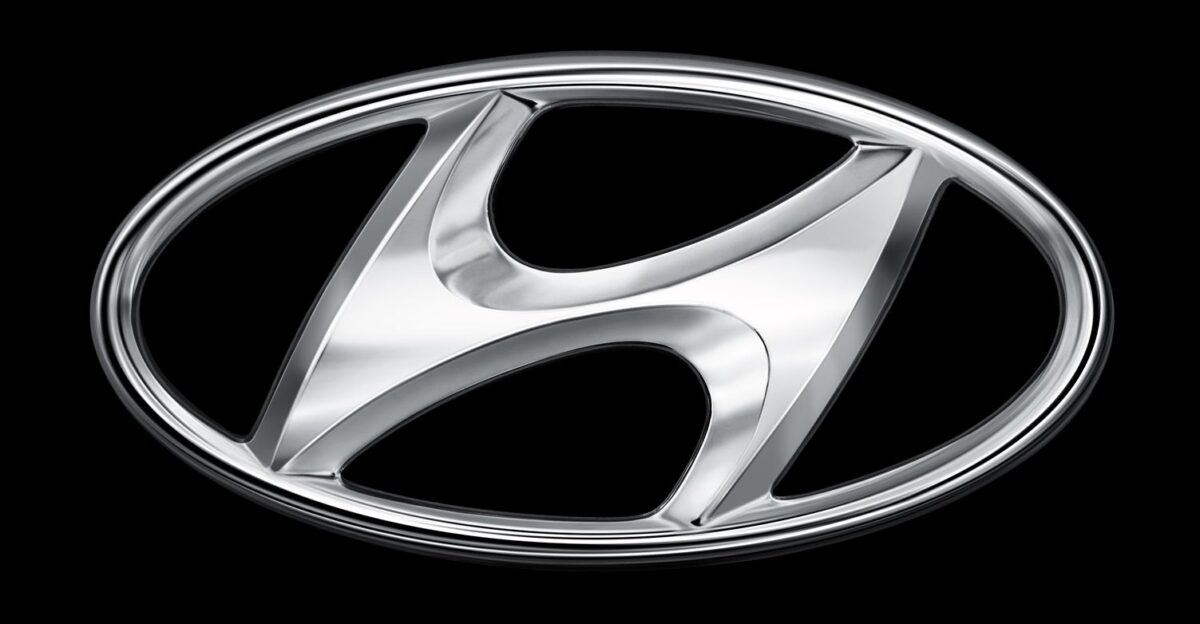
GM’s rivals are in the same boat. Stellantis said tariffs already cost it €300 million in H1 and warned the hit will grow. Hyundai reported a ₩828 billion (≈$606 million) tariff hit in Q2 and is already seeing U.S. inventories “drying up”. All three are scrambling: GM will spend $4 billion expanding U.S. plant capacity; Stellantis has paused some Canada/Mexico output to avoid the duty; Hyundai is eyeing more U.S. production (including Alabama assembly lines).
In each case, analysts note that moving production to the U.S. simply swaps cheaper imports for pricier American labor — so the ultimate cost still falls on consumers.
Market Moves

Markets are beginning to price in the tariff risk. When GM reported its $1.1B tariff hit on July 22, the S&P 500 still closed at a record high – but GM’s stock plunged about 8%, wiping out roughly $4.2 billion in market value. Ford also slipped ~1%, while Tesla edged up 1% as traders speculated buyers might shift toward domestic EVs.
UBS promptly cut GM to “Neutral,” warning U.S. volumes could slide ~9% this year if sticker prices rise. Investors are now asking whether Detroit can protect margins without emptying showrooms – a delicate dance.
Road Ahead
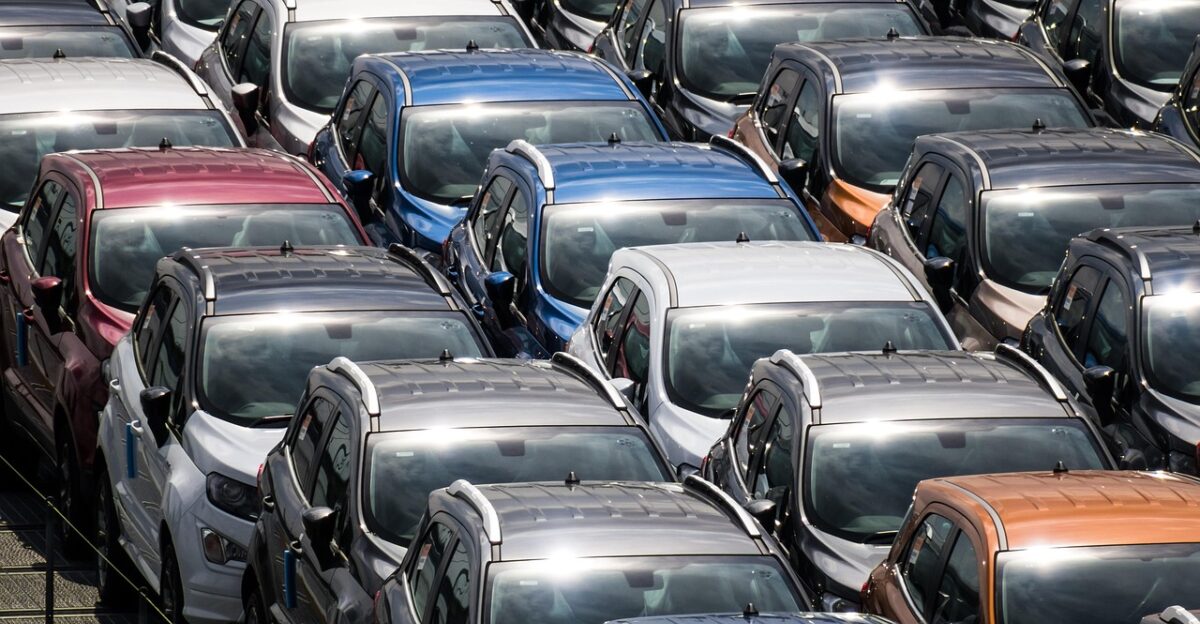
Looking ahead, Cox Automotive has trimmed its 2025 U.S. sales forecast to about 15.7 million (from ~16M) due to “tariff jitters”. GM is pinning its hopes on deepening U.S. content, simplified trim lines and measured price rises to defend margins. But Deutsche Bank’s George Saravelos warns Americans will ultimately pay most of any tariff.
Buyers are already acting: one Michigan shopper said he raced to buy a Toyota Camry in March to avoid “potential tariff-related price hikes,” noting “we’re doing this weekend” in reference to looming duties. With legal challenges pending and the 2024 election on the horizon, every car contract now carries an open question: will the next sticker price bake in another hidden surcharge?
Global Gambit
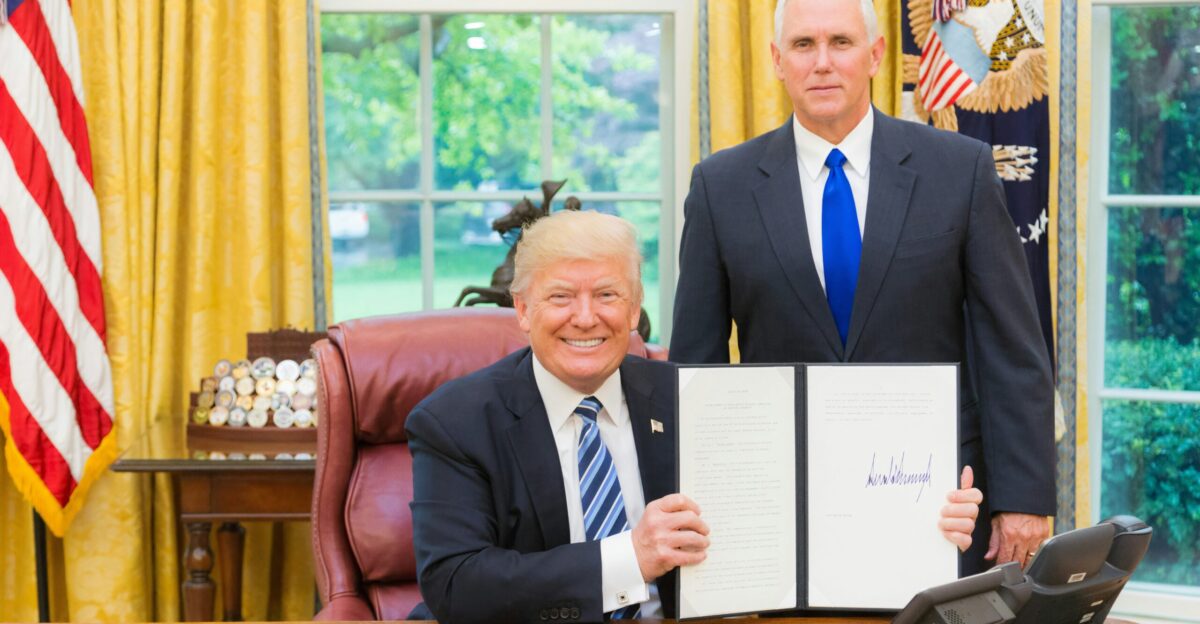
Meanwhile, trade talks have reshuffled the deck. On July 23, Trump announced a deal with Japan to cut its auto tariffs to 15%, sending markets higher. But Detroit’s leaders cried foul: the UAW said American workers were “deeply angered” by cuts favoring foreign brands, and lobbyists noted Japan’s imports would undercut cars built in Mexico and Canada.
Washington also carved out breaks for the UK and EU – for example, allowing 100,000 British cars into the U.S. at a 10% tariff – which “hurts American automakers, suppliers and auto workers,” a Detroit trade group warned.
Capitol Crossroads
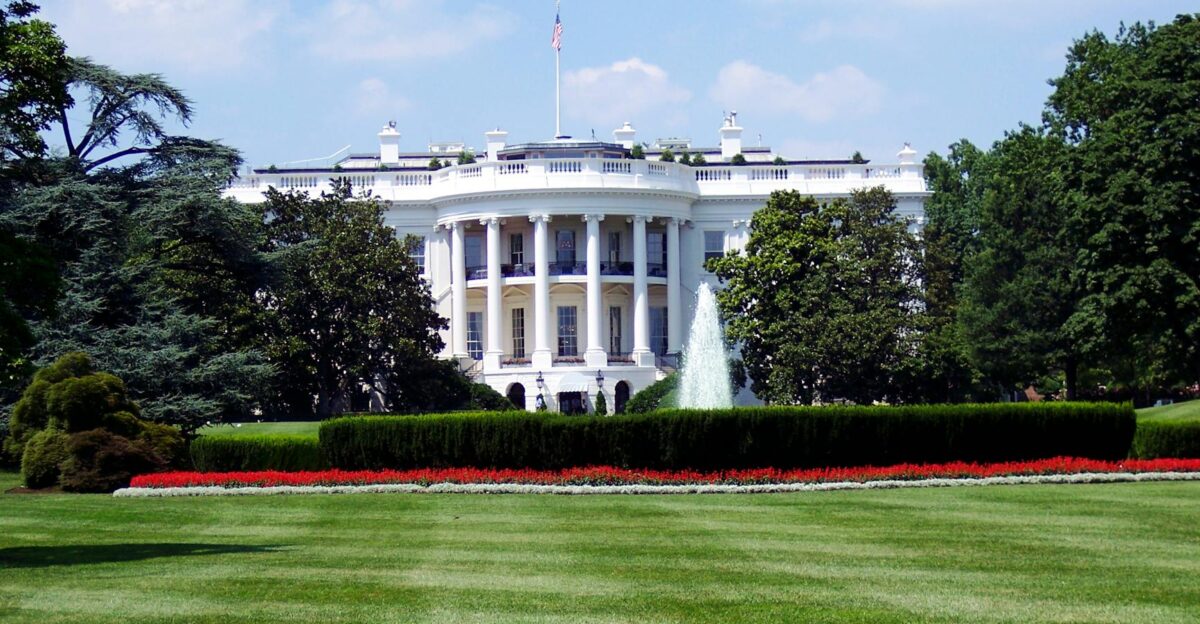
With the August 1 deadline looming, politics will decide the next twist. The White House has warned it could slap 25% duties on Canadian and Mexican autos if a deal isn’t reached. Congress has started to push back: bipartisan legislators have floated bills to claw back presidential tariff authority, but passage is uncertain. On the legal front, some auto dealers and suppliers are preparing to challenge the administration’s use of national-security tariffs.
Automakers and buyers may have to wait on Washington — or the courts — for relief. Consumers are asking: will their next contract include another tariff shock, or some reprieve?
Union Reaction

Labor is cheering. UAW President Shawn Fain, a long-time critic of free trade, called the tariffs “a major step in the right direction for autoworkers and blue-collar communities”. He says the duties will bring “thousands of good-paying auto jobs” back to U.S. factories. In Fain’s view, Washington is finally prioritizing workers over Wall Street; he’s pledged to work with any leaders of either party who keep jobs here.
For UAW members, these tariffs feel like job protection, not a tax, and a hard-won correction to decades of outsourcing.
Retail Reality
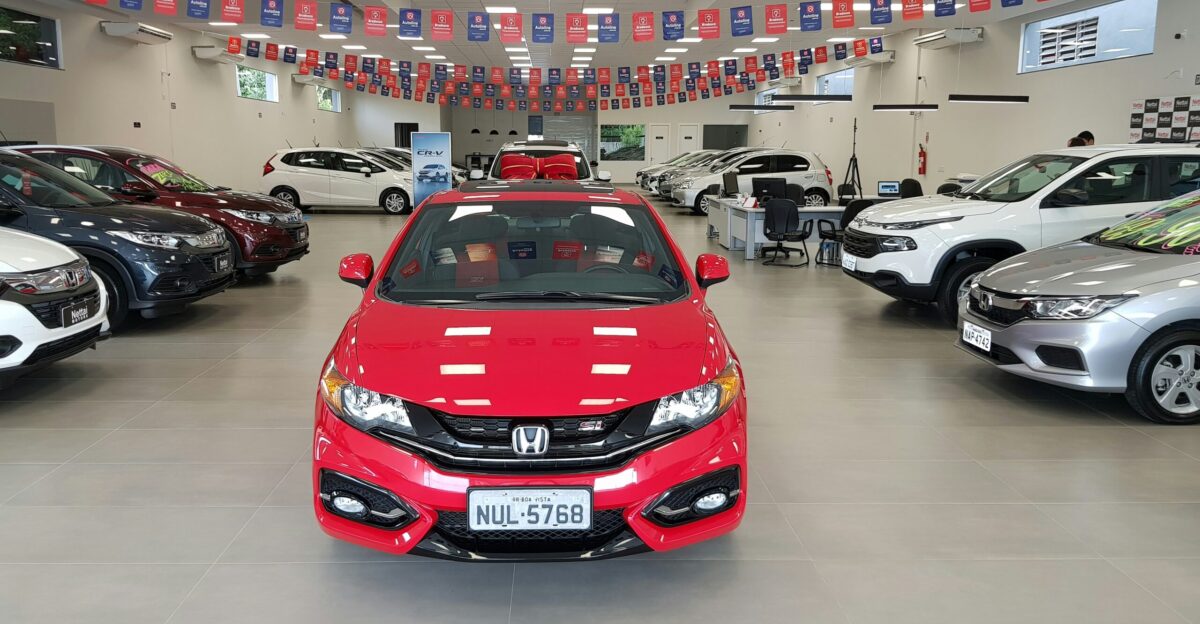
Still, consumers are adapting as best they can. With new-car sticker prices rising, many are shifting to cheaper used models and older vehicles, bolstering the used-car market. Some analysts note a gradual pivot toward pickups and SUVs (mostly built in North America) and a potential boost for EVs (whose U.S. factories dodge the import duty).
Even the Federal Reserve is watching: Governor Christopher Waller has warned that tariffs could become “the largest factor driving inflation” in the coming year. In the meantime, buyers face higher costs at the pump and the cash register alike.
Final Verdict

Tariffs have added a wild card to an already volatile market. Automakers insist they’ll do what they can — build more here and limit price hikes — but experts warn there’s no magic escape: someone has to pay. Consumers, dealers and regulators now watch every data point through a tariff lens. If politics or courts don’t end these levies soon, the “tariff tax” will be baked into future sticker prices.
American buyers may soon realize that the next car they buy includes a hidden surcharge. The only open question: when will they pay the bill?